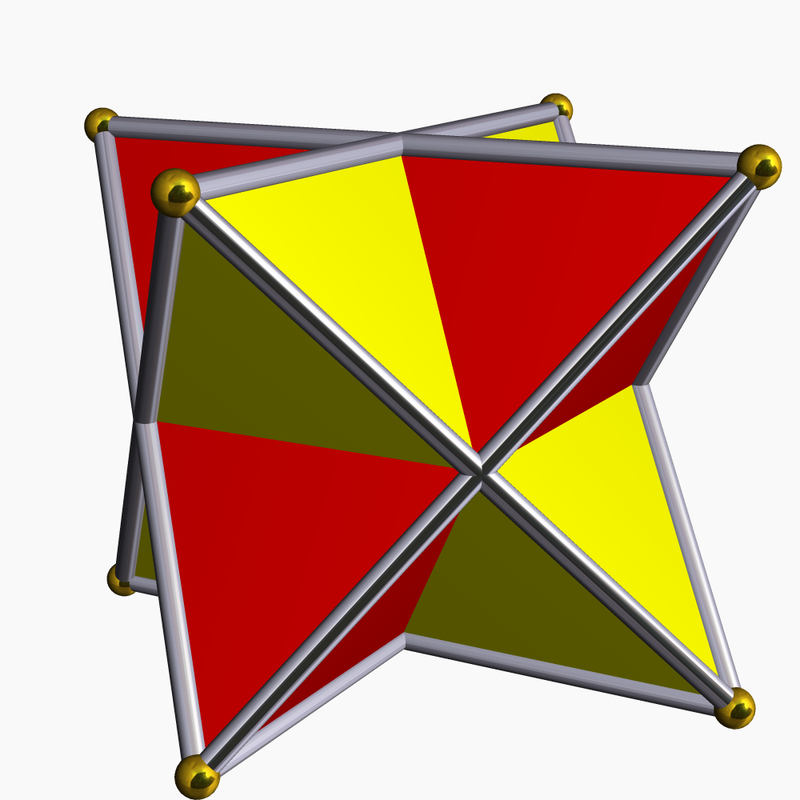Embracing tetrahedra

Consider a regular tetrahedron with a volume of 60. Reflect this tetrahedron about its center to obtain a second tetrahedron. Find the volume of the union of these two tetrahedra.
The answer is 90.
This section requires Javascript.
You are seeing this because something didn't load right. We suggest you, (a) try
refreshing the page, (b) enabling javascript if it is disabled on your browser and,
finally, (c)
loading the
non-javascript version of this page
. We're sorry about the hassle.
1 solution
Are you good at everything?!?!?!!
Log in to reply
As you know, one of the many things I'm NOT good at are inequalities ;)
Log in to reply
Sorry, let me rephrase that: "Except for classical inequalities, are you good at everything?!?!?!!" HAHAAHAH
Log in to reply
@Pi Han Goh – I need to study the Stolz lemma... the guy even had my first name ;)
Log in to reply
@Otto Bretscher – This is all that you need to know . Enjoy!
Log in to reply
@Pi Han Goh – Thanks for the effort, but they say you can't teach an old dog new tricks... somehow this things looks too contrived and "forced" to me, kind of like "classical inequalities" ;) I'm sure it's an "art form", though...
Log in to reply
@Otto Bretscher – Man you're stubborn! Haha! It simplifies most limits much easily. It's especially useful when don't have to apply the Stirling's approximation which is a tedious task to simplify.
See this . Brian's one is the standard approach which requires plenty of simplification, whereas mine is as close to a one-line solution.
You can simplify limits like ( n 2 n ) 1 / n much easily compared to Stirling's.
Log in to reply
@Pi Han Goh – I did that problem with a Riemann sum as well... that is one of the techniques that seem natural to me.
The union of the two tetrahedra is the disjoint union of one of them (the big red one in the attached figure, say) with four smaller regular tetrahedra (colored yellow in the figure). The small yellow tetrahedra have half the height (and therefore an eighth of the volume) of the big red tetrahedron. Thus the volume of the union is 6 0 + ( 4 ∗ 8 1 ∗ 6 0 ) = 9 0 .